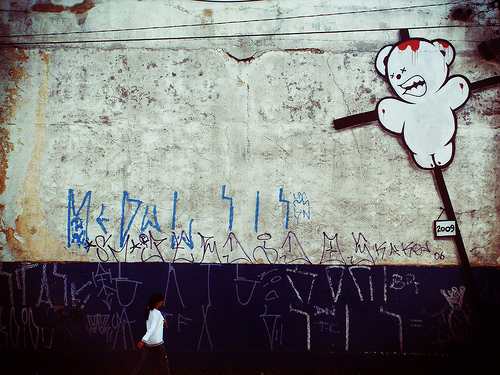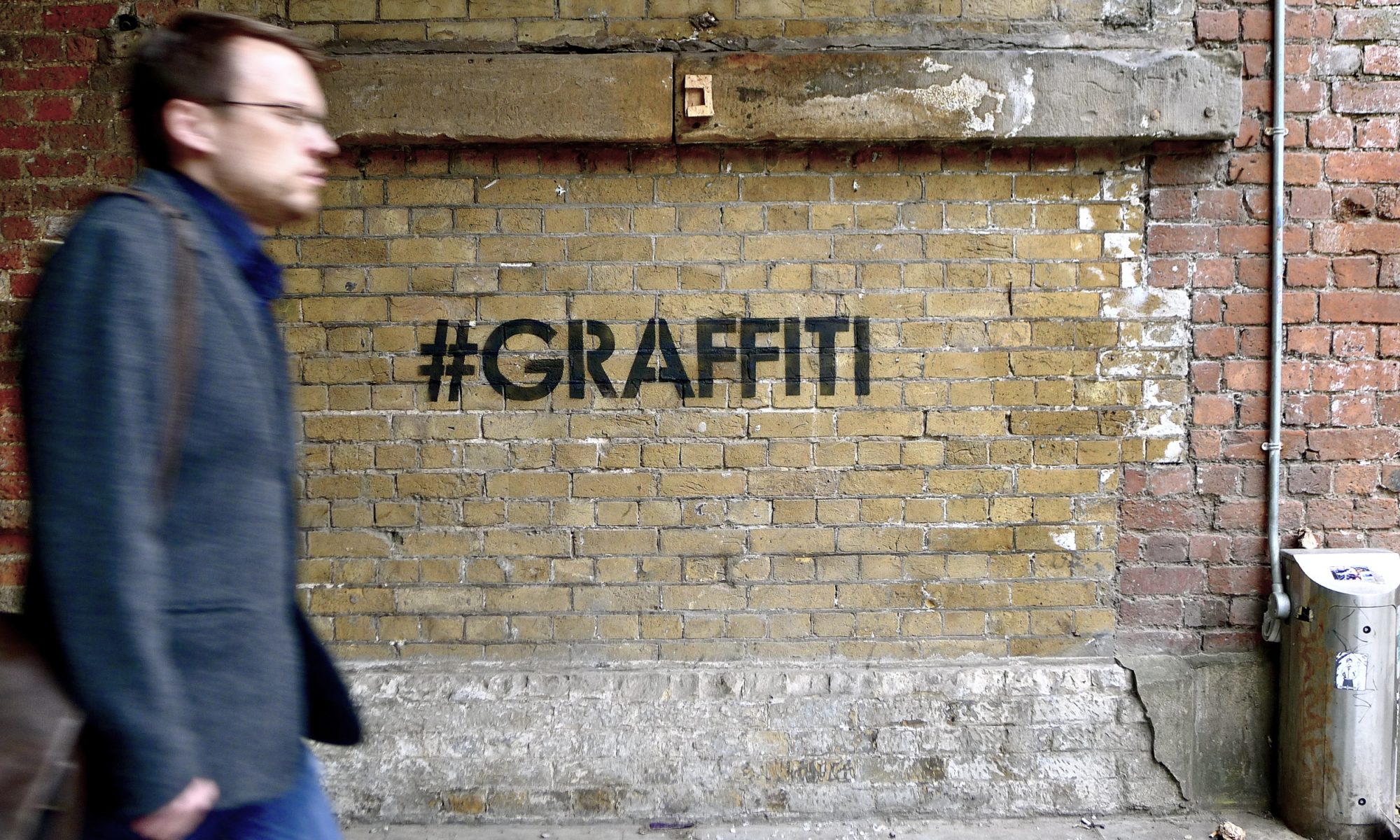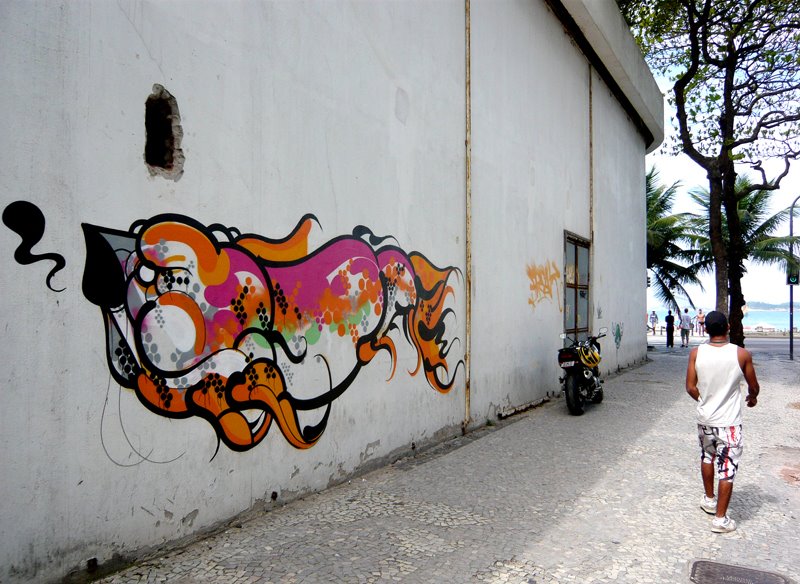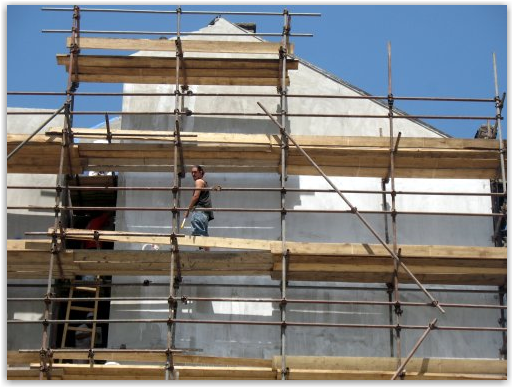This is a very Brazilian week on Vandalog. Every day so far, I’ve posted something about Brazilian artists. On Monday, it was Sixeart’s solo show. On Tuesday I mentioned Tikifreak’s book launch. And today I have two Brazilian street art bits to write about.
First is the awesome gallery Choque Cultural‘s write-up in Newsweek. Choque Cultural is my favorite street art gallery that I’ve never visited. I guess that’s a pretty limited field, but that’s supposed to be a compliment.
São Paulo’s Choque Cultural Gallery prides itself on exhibiting works of pop art, photography, and sculpture by Brazil’s top contemporary artists. But its current exhibit, Coletiva Choque, featuring works by the artists Zezão, Jaca, and Presto, looks like it’d be more at home on the walls of a favela. It consists of large, colorfully embellished murals, known as street art, that have been transferred to canvases. More inspirational than angry, they’re a far cry from “tag” graffiti—hastily sprayed words on outdoor property that convey social and political messages.
São Paulo is not the only place where street art has made the leap from the inner city to the gallery. Exhibition spaces in Los Angeles, London, and New York City have all commissioned street artists to apply their talents to murals rather than on building façades or concrete barriers. Although the artistic style of the outdoor artwork is preserved, some argue that moving it indoors and changing its scale compromises its integrity and mission. Indeed, during Choque Cultural’s Trimassa! street-art exhibit last fall, vandals broke in and spray-painted pichação, or tag graffiti, all over the works to protest the mainstream marketing of the art form.
Read the full article for more about the transition from painting on the street to hanging work in a gallery.
And the other Brazilian street art thing I have to mention is worth bring up for how distinctly un-Brazilian it seems. Today, Unurth introduced me to Urso Morto. Just have a look at these paintings and try to tell me they look like they are painted in Sao Paulo.



The only really giveaway here is the pichação. Urso Morto’s bears don’t seem to display any of the classic touches of Brazilian graffiti. For one thing, the usual bright colors are replaced with white, black and red. Nonetheless, I’m definitely enjoying Urso Morto‘s work. I’ve never really understood the appeal of Berlin’s Little Lucy, a girl who kills her cat over and over again, but Urso Morto’s bears I like.





























